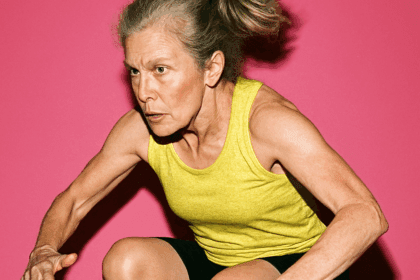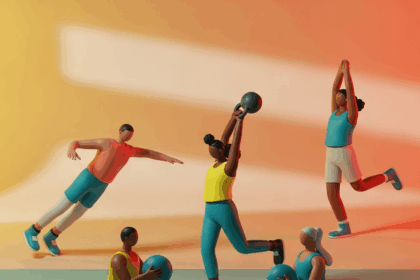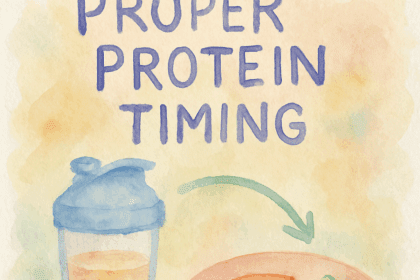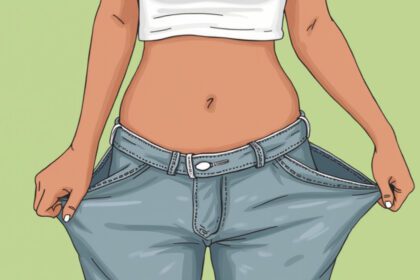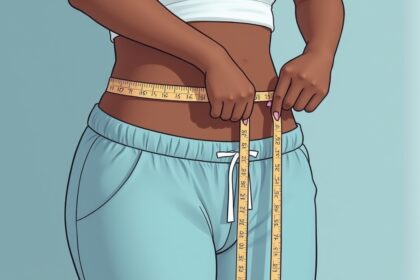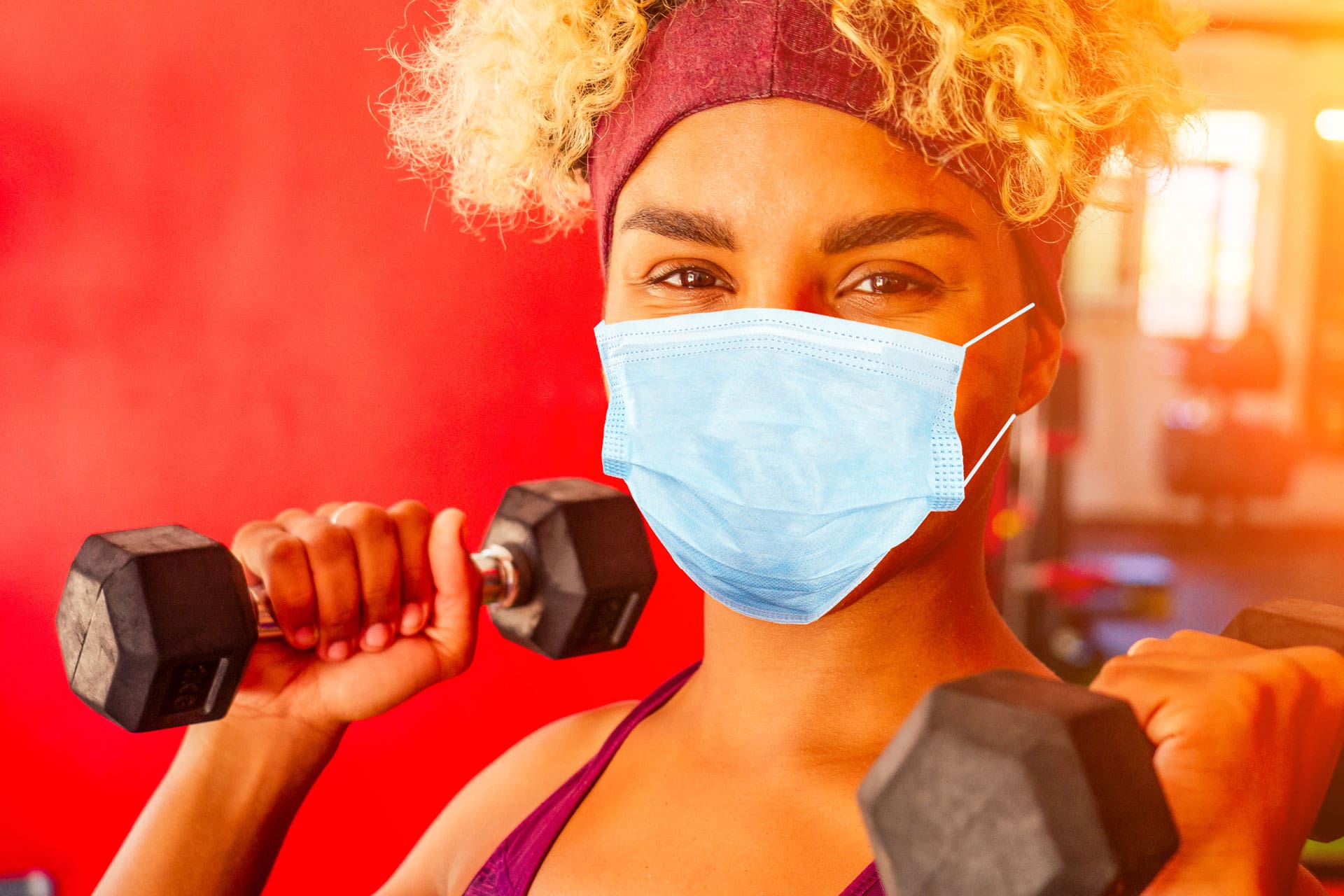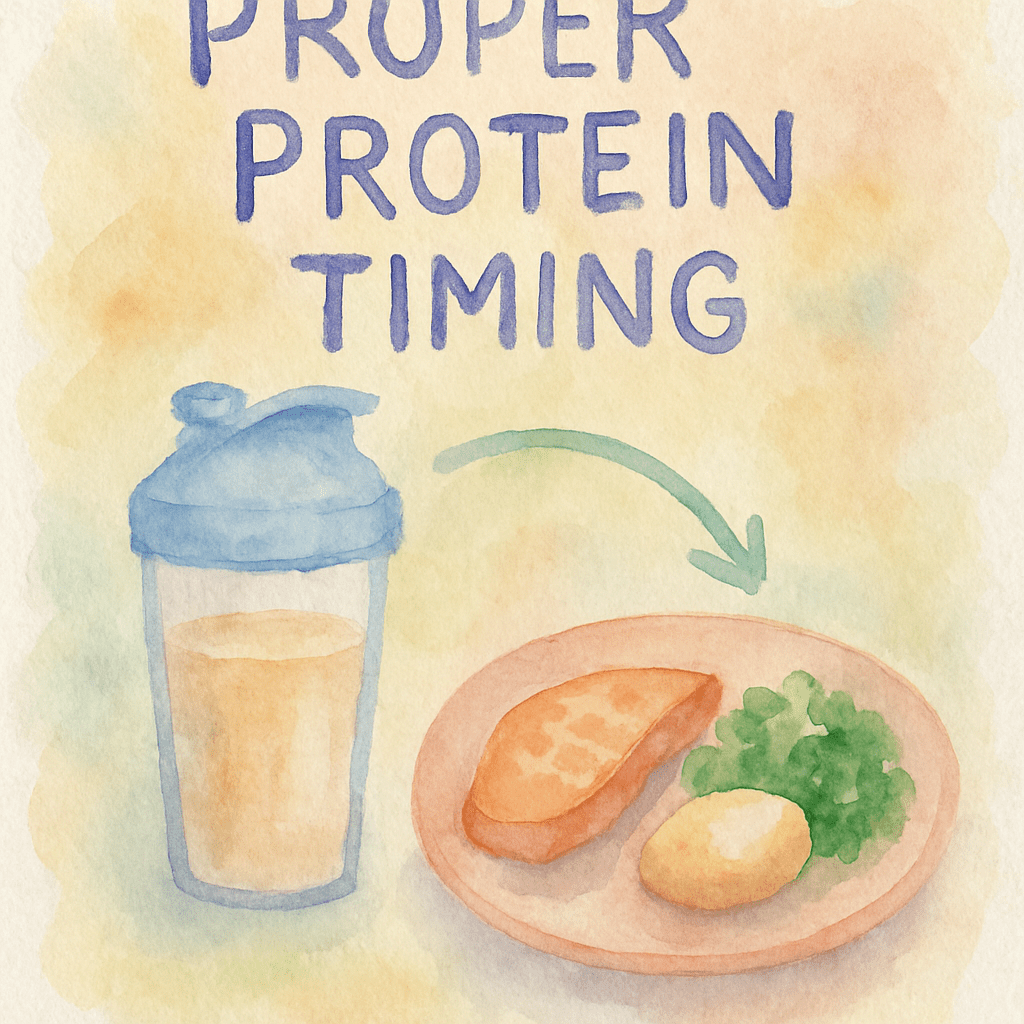Athletes put their bodies through strenuous training daily to improve athletic abilities such as running faster or jumping higher. Most athletes will achieve this through consistent weight training and conditioning. While this does work great for all athletes with a proper plan and consistency, they may miss training a key muscle that is essential in all athletic movements, the hip flexor. The hip flexors are often neglected by trainers, but they should be addressed if they are trying to become more explosive and powerful. Strengthening the hip flexors have been shown to increase athletic ability as they are often the prime movers in many athletic skills.
Improved Sprinting and Jumping
Many mistakenly assume that resistance training exercises and explosive sports actions require the same level of involvement from the knee and hip muscles. However, studies have shown that the ratio of hip to knee involvement is altered with increased load or the speed of movement. In a 2014 study using sprinters, it was found that hip involvement increased with increased running speed. When subjects were running at 3.5 m/s, the average hip to knee involvement ratio was 0.29:1. This ratio changed when compared to running at 8.95 m/s (considered sprinting) where the average hip to knee ratio was 1.18:1. These results show a 304% increase in the involvement of the hips as the athlete increased in speed. It also demonstrated a shift from knee to hip dominance once at a full sprint. This is an example of how essential the hips are to becoming faster. They are the prime movers when accelerating to a sprint. Because the hips are the key muscles involved in sprinting, athletes strengthening their hips in their regular training would likely see better results. Similar results were seen when researchers analyzed hip involvement with subjects jumping at different intensities. The subjects “low” jump averaged 35cm in height and displayed a hip to knee ratio of 0.64:1. However, the “high” or maximal jump averaged 53cm in height and displayed a ratio of 1.67:1. These results showed a 163% increase in hip involvement as the subjects began to jump higher with maximal effort. These results suggest the hips would be key muscles to train to increase maximal jump height. The hip muscles become more dominant when an athlete is jumping to their full extent. When sprinting and jumping with maximal effort, both movements displayed a distinct shift from knee to hip dominance. Sprinting showed a 304% increase in hip involvement (0.29:1 to 1.18:1) and jumping displayed a 163% increase in hip involvement (0.64:1 to 1.67:1). This tends to support the theory that strengthening the hips can help increase athletic performance. This information allows us to assume that strengthening the hips could help athletes sprint faster and jump higher as they are key muscles in both movements.
Improved Change of Direction
While being able to run fast and jump high are both desirable traits, there are other skills that athletes may need to be more competitive. One of these skills is the ability to change direction efficiently. Many sports will require athletes to change direction to track a ball or keep up with a shifty defender. Having the ability to efficiently change direction is a key skill involved in most sports. Making a sudden change in direction requires significant loading of the trunk, knees, ankles, and hips. A 2021 study analyzed the relationships between lower limb explosiveness strength and the ability to change direction in soccer and basketball athletes. From this study, it can be seen how the hips play a key role in an athlete’s ability to make quick changes in direction. The study took 327 pro athletes (basketball and tennis) and had them perform both 90 degree and 180 degrees turn tests. Both tests required the athletes to sprint towards a cone then make a quick turn either 90 or 180 degrees. Both tests were repeated 3 times per athlete to obtain averaged results. The tests allowed the athletes’ lower limbs explosive power to be analyzed to determine which limbs were utilized most in the changes of direction. All strength assessments were observed using isometric dynameters from the same manufacturer with embedded force sensors for each task. The results of the study showed the basketball players had better performance than the tennis players in change of direction. However, both groups showed that hip and trunk strength were most associated with the ability to change direction. The basketball players having better performance than the tennis players suggested their sport may utilize the hips more with sprinting and jumping consistently during a game. This may lead to the hips being naturally strengthened over time. This suggested that hip strength is a factor in the ability to change of direction. While this does not mean that the other lower limb muscles should be disregarded, it does highlight the importance of the hips in athletic actions.
Injury Prevention
Hip strengthening may have a positive effect on athletic performance, but it can also assist in injury prevention. Hip and groin injuries are quite common in sports where the athletes are required to constantly accelerate and decelerate. They may load their hip inappropriately, with too much force, or overextend it. By strengthening the hips, many of these injuries could be avoided. A 2012 study took 34 sub elite soccer players with histories of groin injury and put them through an 8-week hip strengthening program. The program consisted of a variation hip adduction band workouts at 3×8 RM three times a week. After the 8 weeks there was an average increase of almost 30% in hip strength throughout the group and most subjects reported their hips and groin to be feeling much more maneuverable. The athletes felt more comfortable with movements and changes of speed as their hips gained more strength and mobility. This is another study supporting the importance of strengthening the hips to maintain performance without injury.
There are many benefits for athletes that work on strengthening hip muscles, from improving athletic performance to preventing more injuries from happening. However, this does not mean that the other muscles should be neglected. They should all be trained and conditioned. Because they are so often overlooked and neglected, hip flexor exercises should be incorporated into already established programs. Just a few exercises a week could make a major difference. All muscle groups should work together efficiently to help improve athletic performance.
References
Beardsley, C., & Contreras, B. (2014). The increasing role of the hip extensor musculature with heavier compound lower-body movements and more explosive sport actions. Strength & Conditioning Journal, 36(2), 49–55. https://doi.org/10.1519/ssc.0000000000000047
Jensen, J., Hölmich, P., Bandholm, T., Zebis, M. K., Andersen, L. L., & Thorborg, K. (2012). Eccentric strengthening effect of hip-adductor training with elastic bands in soccer players: A randomised controlled trial. British Journal of Sports Medicine, 48(4), 332–338. https://doi.org/10.1136/bjsports-2012-091095
Kozinc, Ž., Smajla, D., & Šarabon, N. (2021). The relationship between lower limb maximal and explosive strength and change of direction ability: Comparison of basketball and tennis players, and long-distance runners. PLOS ONE, 16(8). https://doi.org/10.1371/journal.pone.0256347


